
One of the most respected stars in movies from 1929 through 1935 was George Arliss—or Mr. George Arliss as he was sometimes billed (as he is here). If you’ve never heard of him, don’t feel bad. He’s also perhaps the most neglected figure in cinema history at the moment. Why? Well, partly because he was in quite a number of biographical films—Disraeli, Alexander Hamilton, Voltaire, House of Rothschild, Cardinal Richelieu—and that’s a pretty disdained genre. Plus, his acting style was grounded in 19th-century theatre and he sometimes fell back on it with, shall we say, amusing results. That said, I’ve never seen a single one of Arliss’ films that wasn’t highly entertaining—and I’ve seen all 13 of his American sound features. A Successful Calamity (1932)—one of his modern-dress comedies—is no exception. In fact, it may be the most entertaining of all his films. Arliss plays Henry Wilton, a John D. Rockefeller-like financial wizard who, following a year looking after America’s interests in Europe, returns home to find his family somewhat estranged from him in pursuit of their own interests. While he longs for pleasant evenings at home, his family is off at dinner parties, playing polo or giving musical evenings. So when his butler mentions how this sort of thing was never a problem for own his family because “the poor don’t get to go very often,” Wilton decides to pretend he’s ruined financially. It’s all in fun and it all relies on the personality and charm of the underappreciated Mr. Arliss. Give him a try. I think you’ll be pleasantly surprised.
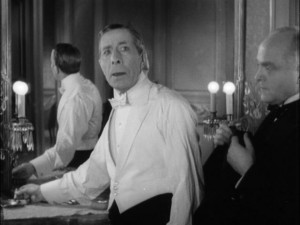
I first bumped into George Arliss around the age of 14 when a TV station ran Disraeli (1929), the biopic for which he won a Best Actor Oscar (competing against himself in The Green Goddess)—and I was immediately fascinated, in part because this was quite the oldest sound movie I’d ever seen. It shows it in some ways, but it was a pioneering effort at the time in its use of exteriors—notably Arliss’ idea of using the original Busch Gardens in Pasadena for the grounds of Disraeli’s estate. In itself, that points out what is perhaps the most unusual aspect of Arliss’ film career. Here is what is perhaps the only instance of the star as auteur. We’re used to thinking in terms of certain comedians—the Marx Brothers, Mae West, Laurel and Hardy, W.C. Fields—as the guiding forces behind their movies regardless of director, but a dramatic actor? I can’t think of one. Yet that was the case with Arliss, mostly thanks to producer Darryl F. Zanuck.
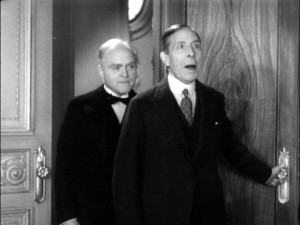
Arliss had made silent movies (nearly all of which appear to be lost), but he doesn’t seem to have much cared for them or the process. (In two volumes of autobiography, he mentions only one of these films.) But Zanuck’s offer afforded him complete control over his talkies. He chose the casts, the costumes, the sets (even to the material on the furniture). He oversaw every aspect of production. and in a very bold move rehearsed his cast as if they were in a play. Before shooting began, everyone knew the whole script and had performed it in front of an audience made up of anyone on the Warner Bros. lot who wanted to attend. In other words, he was autonomous, so each of his films truly was his film.
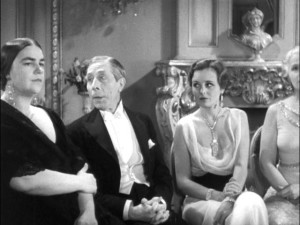
But time and fashion were not kind to Arliss’ legacy. By the end of the 1930s, he was considered very old-fashioned and his films were little seen. When I first wrote about him for Films in Review in 1985 it was the first time his work had been approached as anything other than a footnote in film history books—and usually in a somewhat dismissive manner by people it seemed had never watched any of his movies. It didn’t help that only a handful of his films had made it into TV packages. My article, for that matter, was seriously compromised on exactly that basis. It wasn’t until Ted Turner started TNT a few years later that the floodgates opened and such long unseen titles as Old English (1930), The Millionaire (1931), The Working Man (1933), Voltaire (1933), The King’s Vacation, and this film became available for reappraisal. In fact, someone has actually published a book-length study of his films (which I must admit I haven’t read yet).
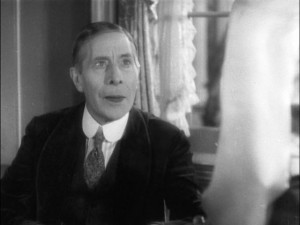
The Warner Bros. films probably did him a disservice by frequently opting for that “Mr. George Arliss” billing, since it carries a certain air of stuffiness. And while Arliss was unabashedly old-fashioned (“I like the ‘old stuff’ and I believe in it,” he once wrote), he was anything but stuffy. He had a wicked sense of humor and was in many respects ahead of his time (he was a vegetarian and and early animal rights activist who had much to do with creation of quality fake fur). And he was a keen judge of talent. He was the first person to recognize that Bette Davis was a real talent (he cast her twice in his movies and she always credited him with being responsible for her career), and he gave James Cagney one of his earliest good roles. Plus, he left behind a rich body of work that ought to be better known than it is.
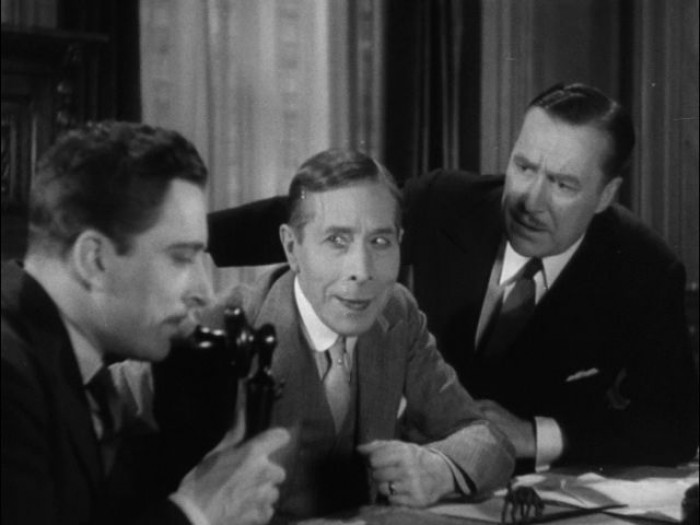
In A Successful Calamity, he neatly displays ever bit of his sense of not entirely gentle, though always good-natured, humor. He skewers pomposity at every turn and gets his own back when it comes to dealing with dishonest businessmen. He also takes a very funny jab at modern music (of the avant garde classical variety) and gets in a few well-aimed shots at the discomforts of modern design. And if that perhaps seems a little reactionary, it’s more than tempered by the scenes where he deals with his dreadfully prudish and stiff-backed prospective son-in-law (Hardie Albright). He even makes it plausible that the 26-year-old Mary Astor would be married to his 64-year-old leading man. See for yourself and you’ll know what I mean. Plus, what other actor can you name who had a salad dressing (yes, Green Goddess salad dressing was devised for him) named after one of his plays?
The Asheville Film Society will screen A Successful Calamity on Tuesday, April 24, at 8 p.m. in the Cinema Lounge of The Carolina Asheville and will be hosted by Xpress movie critics Ken Hanke and Justin Souther. Hanke is the artistic director of the A.F.S.



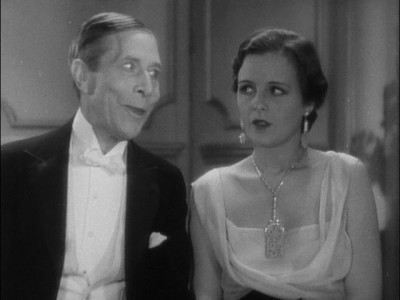
Love George Arliss! Thank you for this wonderful article!!